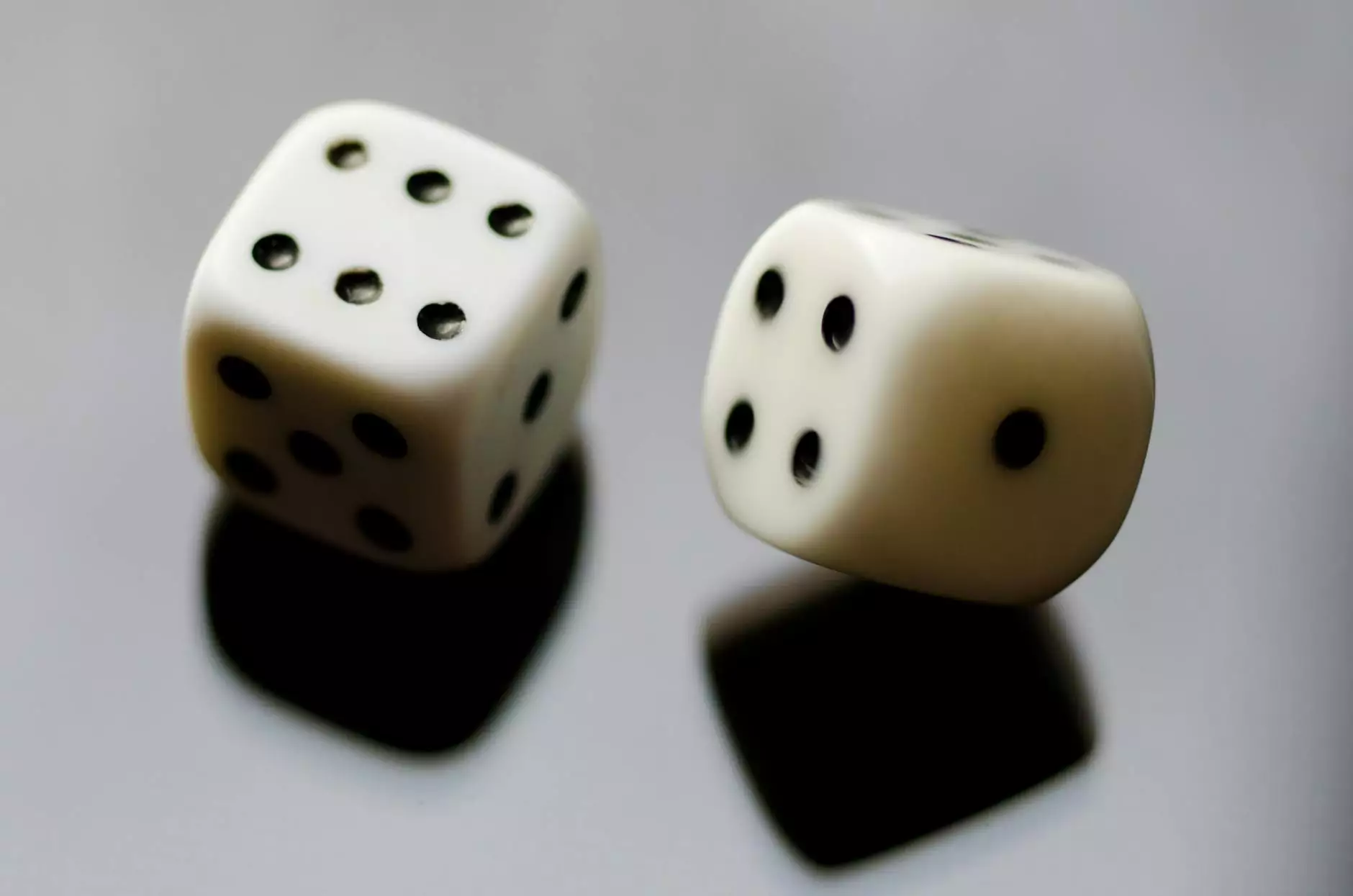Tendinitis vs Tendinosis vs Tendinopathy: Understanding the Differences

In the realm of orthopedic health and sports medicine, the terms tendinitis, tendinosis, and tendinopathy are frequently mentioned. While they may sound similar at first glance, these conditions represent different aspects of ligament and tendon health. This article aims to shed light on each condition, their distinctions, and how they pertain to the overall landscape of musculoskeletal health.
Defining the Terms
To effectively grasp the differences between tendinitis, tendinosis, and tendinopathy, we first need to define each term.
What is Tendinitis?
Tendinitis refers to the acute inflammatory condition of a tendon, usually caused by an injury or repetitive strain. When a tendon—tissue connecting muscle to bone—suffers from excessive use or trauma, it can become inflamed.
Common Symptoms of Tendinitis
- Pain in the affected area that worsens with movement.
- Swelling around the tendon.
- Stiffness and difficulty in movement.
Common Causes of Tendinitis
Typically, tendinitis is caused by:
- Overuse or repetitive motion in sports or work tasks.
- Sudden injury from a fall or impact.
- Improper techniques in physical activities.
- Age-related degeneration of tendon tissues.
What is Tendinosis?
Unlike tendinitis, tendinosis indicates a chronic condition resulting from degeneration of the tendon due to long-term wear and tear, often without significant inflammation. It denotes a breakdown of collagen fibers in the tendon, often due to insufficient healing time after injury.
Common Symptoms of Tendinosis
- Persistent pain that is usually dull and chronic.
- Tenderness near the tendon.
- Stiffness, especially in the morning.
Common Causes of Tendinosis
The following factors contribute to the development of tendinosis:
- Continuous repetitive strain over a long period.
- Improper technique during physical activities, such as sports.
- Aging, which affects collagen quality and tendons’ elasticity.
What is Tendinopathy?
Tendinopathy is a broad term encompassing both tendinitis and tendinosis, referring to a disease of the tendon. It is characterized by both inflammation and degeneration, making it crucial to distinguish between the two in diagnosis and treatment.
Common Symptoms of Tendinopathy
The symptoms can vary based on whether it leans more towards tendinitis or tendinosis, but generally include:
- Achy or sharp pain in the affected tendon.
- Swelling in the early stages (indicating tendinitis).
- Stiffness and reduced functional movement.
Common Causes of Tendinopathy
Various factors contribute to the onset of tendinopathy, including:
- Chronic overuse or misuse of tendons.
- Inadequate recovery periods between strenuous activities.
- Underlying metabolic disorders, such as diabetes.
Comparing Tendinitis, Tendinosis, and Tendinopathy
Understanding tendinitis vs tendinosis vs tendinopathy lies in recognizing their unique traits and how they interconnect. Here’s a simplified comparison:
FeatureTendinitisTendinosisTendinopathyInflammationPresentAbsentVariableOnsetAcuteChronicVariableAge FactorMore common in younger individuals, athletesMore prevalent in older adultsVariesTreatment FocusReducing inflammationPromoting healingTargeting both inflammation and degenerationDiagnosis: How Are These Conditions Identified?
Accurate diagnosis of tendinitis, tendinosis, and tendinopathy is crucial for effective treatment. Healthcare professionals utilize a combination of medical history, physical examination, and imaging tests such as:
- X-rays to rule out bone-related issues.
- Ultrasound to visualize tendon structure.
- MRI scans to assess the degree of tendon damage.
Treatment Options for Tendinitis, Tendinosis, and Tendinopathy
Each condition requires a tailored treatment strategy targeting its specific pathology. Here we will discuss effective treatment options.
Treatment for Tendinitis
Management of tendinitis primarily focuses on reducing inflammation. Common treatment methods include:
- Rest and Activity Modification: Avoiding activities that exacerbate the pain.
- Ice Therapy: Applying ice to reduce swelling.
- Non-Steroidal Anti-Inflammatory Drugs (NSAIDs): Medications like ibuprofen to relieve pain.
- Physical Therapy: Strengthening and flexibility exercises.
Treatment for Tendinosis
For chronic tendinosis, the focus shifts to promoting healing:
- Physical Therapy: Gradual strengthening through tailored exercises.
- Ultrasound Therapy: Stimulates healing within the tendon.
- Corticosteroid Injections: To manage chronic pain.
- Platelet-Rich Plasma (PRP) Therapy: Using components from your blood to enhance healing.
Treatment for Tendinopathy
Treatment for tendinopathy is comprehensive, addressing both inflammatory and degenerative aspects:
- Rest and Activity Modification: Similar to tendinitis treatment.
- Rehabilitation Programs: Focused on strengthening and flexibility.
- Surgical Options: In severe cases where conservative management fails.
- Education on Ergonomics: To prevent recurrence.
Prevention Strategies
Preventing these tendon-related issues is critical, especially for athletes and those in physically demanding jobs. Here are some preventive strategies:
- Gradual Ramp-Up of Activities: Slowly increasing intensity and duration of workouts.
- Correct Techniques: Using proper form in exercises and work tasks.
- Warm-Up and Cool-Down Practices: Essential to prepare and relax muscles.
- Strength Training: Incorporating muscle strengthening to support tendons.
- Regular Rest: Giving time for tendons to recover.
Conclusion
Understanding tendinitis vs tendinosis vs tendinopathy is crucial for effectively managing your tendon health. Each condition presents unique characteristics yet illustrates a spectrum of tendon-related injuries that can affect anyone, from athletes to everyday workers. By recognizing the symptoms, seeking timely diagnosis, and implementing appropriate treatment and prevention strategies, individuals can maintain optimal tendon health and enhance their quality of life.
For further information on musculoskeletal health and treatment options, visit IAOM-US.









